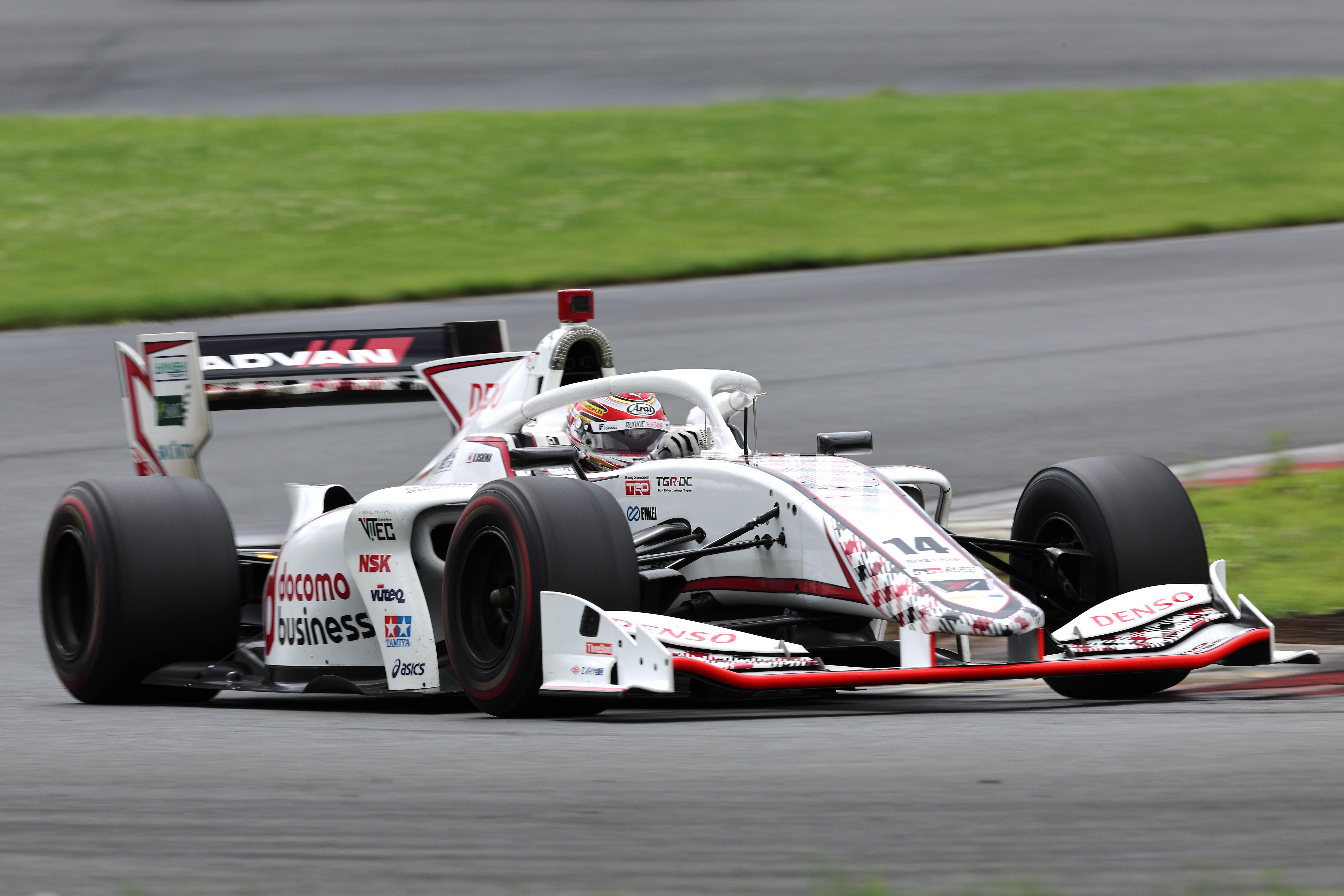
Super Formula is the pinnacle of auto racing in Japan. Toyota Times reports from the frontlines, where reforms are being driven by an urgent sense that it may all be coming to an end.

The Japanese Super Formula Championship, organized by Japan Race Promotion (JRP), is the country’s fastest and most prestigious auto racing series. This year marks the 50th anniversary of formula racing in Japan.
Against this backdrop, a new project has set its sights on the next 50 years of motorsports. Toyota Times reports from the frontlines where a group of car lovers is working to reform motorsport, united by an urgent sense that racing may otherwise become irrelevant.
Japan’s fading pinnacle
Auto racing in Japan has two top-tier categories. One is the Super GT, in which pairs of drivers compete in cars based on production vehicles.

The other is Super Formula, which features single-seat, open-wheeled racers known as formula cars.

The former is a fierce battleground where different machines and classes compete together, while the latter, where machines are evenly matched in performance, race to determine the fastest driver.
Having long captivated Japanese motorsport fans, these two major racing series saw their fates diverge from the early 2000s. Super GT’s spectator attendance in the pre-COVID 2019 season was around 50,000 per race, while Super Formula drew only about 30,000. A formidable gap had opened between the two competitions.
The incident that sparked reform
Super Formula reached a turning point in August 2020 when ROOKIE Racing owner Akio Toyoda visited his team at the season opener. After giving the team a pep talk, Akio proposed a meeting with Yoshihisa Ueno, now President of JRP, to offer some feedback to the organizer.

“These races mean a great deal to drivers and are captivating in their own right. Drivers are excited to race in these cars.” Ueno hardly had time to let the praise sink in before the harsher truth was pointed out: “But that enjoyment isn’t reaching spectators.”
This is understandable, given that the pandemic did not allow a large number of spectators. On top of that, special rules barring in-race refueling and eliminating tire-change requirements were adopted to reduce the number of mechanics and other pit personnel. As a result, races were drained of all drama, with positions hardly changing from start to finish.
“The whole thing was like watching a parade procession,” said Akio. “There’s nothing to excite the fans.”
As Ueno recalls, “that race was the turning point because it sparked these reforms.”
Soon after, Akio, as the head of Toyota, contacted Takahiro Hachigo, then CEO of Honda Motor, which also supplies Super Formula race engines. “Super Formula is important for the automotive industry,” he said. “Let’s work together to make these races more exciting.”
So began the road to reform.
SF NEXT50 kicks off
5.5 million individuals work in Japan’s automotive industry, including those who foster the country’s car culture through motorsports. For the drivers, Super Formula races hold a special place.
In the series, the tires, chassis, and all other major parts aside from the engine are supplied by a single manufacturer. It means that the competition comes down to the individual drivers, with every machine essentially racing under the same conditions. As a true test of driving ability, Super Formula has played a key role in improving the skills of drivers.
Three TOYOTA GAZOO Racing (TGR) members—TGR-Europe Vice Chairman Kazuki Nakajima, Team Principal and driver Kamui Kobayashi, and driver Ryo Hirakawa—also spent many years racing in Super Formula. That’s how they honed the skills underpinning the team’s five-win streak in the 24 Hours of Le Mans.

Super Formula also serves as a proving ground for overseas drivers, including the likes of 2021 IndyCar series champion Alex Palou and Pierre Gasly, who in September 2020 notched up his first win in the FIA Formula One World Championship.
Sadly, however, audiences have not fully appreciated the series’ virtues.
“We have to drastically change how the sport is presented and enjoyed,” Ueno was resolved. Drivers, manufacturers, and promoters have embraced these reform efforts, which kicked off last October under the banner Super Formula NEXT50 (SF NEXT50).


